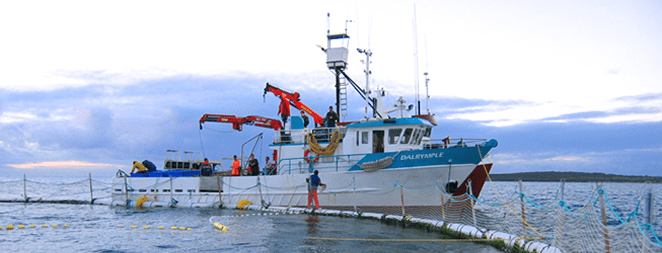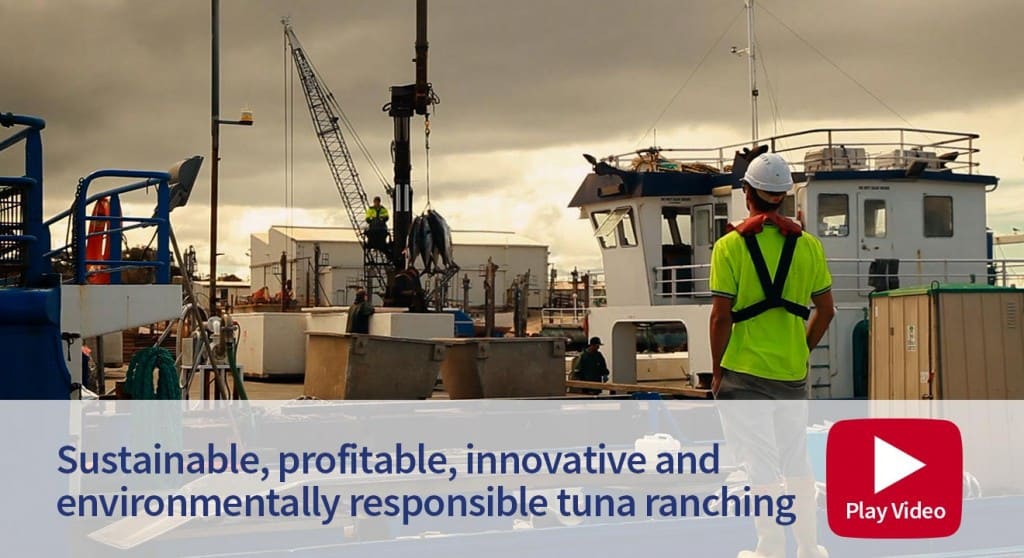Welcome to the ASBTIA website. This website has been launched with the purpose of keeping industry, stakeholders and the general public up-to-date with the latest information, developments and research in the Southern Bluefin Tuna industry.
The industry’s long term commitment to ecologically sustainable fishery and aquaculture practices is something to be proud of.

Some major opportunities and challenges facing the industry include:
Long-term quota level and stability
Australia’s quota bottomed out at 4,015 tonnes pa in the 2 years ending 2010/11, then increased to 4,528 tonnes in 2011/12, and 4,698 tonnes in 2012/13.
These quota increases are based on the results of the CCSBT scientific model – the Management Procedure (MP) – see www.ccsbt.org.
The CCSBT will next meet (in Adelaide) 14-17 October, 2013 to confirm the quota for 2013/14, tentatively set at 5,147 tonnes. That CCSBT meeting will also set the quota for the 3 years starting 2014/15. It is possible the Australian quota could be set at 5,665 tonnes – the limit allowed for Australia.
The CCSBT will then, in late 2016, set the quota for the 3 years starting 2017/18.
This is the type of longer-term stability the industry needs to make the investments required to remain internationally competitive.
Diversifying markets
Australia is very dependent on an uncertain Japanese market, and on a relatively weak Yen. Real progress has been made in 2013 in developing other markets in Korea and China. However, the next step required is for Australia to finalise Free Trade Agreements (FTA’s) with Korea, China and Japan. It is not only the tariffs in China (10%), Korea (22%) and Japan (3.5%), the other issues are:
– Countries competing with Australia have FTA’s with these key markets – for example, the US with Korea, Mexico and Chile with Japan, and NZ with China
– FTA’s facilitate access through difficult Customs procedures in some countries.
Ensuring long-term feed supplies
The Australian tuna ranching industry has access to a large part of its feed requirements from high quality local sardines. Some imported feed is also required, and global supplies are increasingly costly.
Positive relationships
Maintaining a positive relationship with the SBT fishery regulator (AFMA), the aquaculture regulator (PIRSA), and with the scientific community.. The relationship needs to robust but recognise one another’s responsibilities. The industry and the fishery have been through tough times – now the sun is rising for both, the message is to continue to be precautionary and to think long term.
Kind Regards, Brian Jeffriess ASBTIA Executive OfficerWhat can you expect to find on our new website?
www.asbtia.com.au is a hub of user-friendly reliable information, available to the global community.
- Published research – find these in our research library
- Video about the tuna industry in our multimedia library
- A history of the tuna industry pioneers and subsequent growth out of Port Lincoln
- General information about tuna products
- Information about ASBTIA and research conducted in conjunction with FRDC
- Latest news to keep you informed about the Southern Bluefin Tuna industry
- Ensure you join our email newsletter so we can let you know when we add new information to our website!
